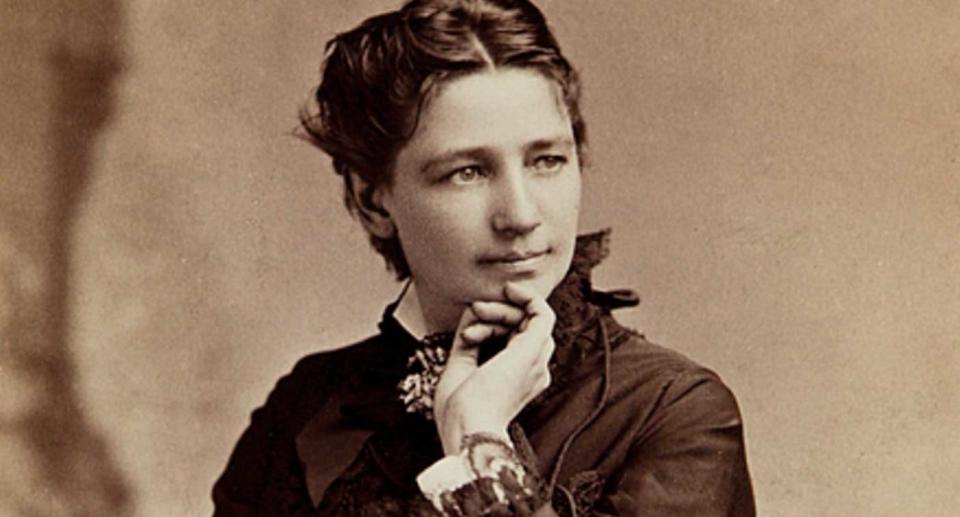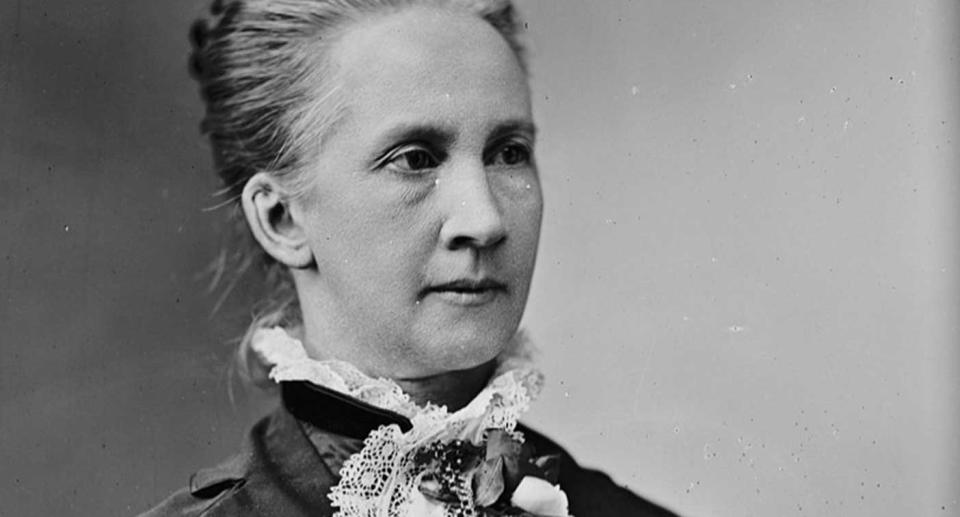The first woman to run for the US presidential election... when she couldn't even vote

Words by Lucile Descamps
The history of the American presidential elections has been marked by several significant and ground-breaking episodes. Among them, is the story of the very first woman to run for the highest office in the country, even though only men were allowed to vote at the time.
The woman was Victoria Claflin Woodhull, and nothing could have foretold her role in this incredible story. She was born in 1838 to a swindler of a father and a mother who was a servant and fortune teller in her spare time. At the age of 15, Woodhull found herself married to a doctor who turned out to be an alcoholic.
The first woman on Wall Street
To provide for her family, Woodhull worked as an actress for a time, before finally joining her sister, with whom she practised clairvoyance. She quickly developed an interest in feminist and abolitionist ideology, even holding conferences on the subject.
In the 1860s, thanks in part to some fortunate encounters, the two sisters became the first women stockbrokers on Wall Street. They even opened their own brokerage in 1870, according to an Ohio University article. In the same year, they also used some of the money they'd made to launch a weekly newspaper focused on women's issues, equality and topics that were taboo at the time, such as sex education and vegetarianism.
An unfinished story
In 1870, Woodhull announced her intention to run in the 1872 presidential election. A few months before the election, she launched her party, the Equal Rights Party. But she faced great, if not insurmountable, obstacles: at that time, women were not allowed to vote, and you had to be at least 35 years of age to run. She was only 34 at the time of the election.
None of this prevented her from campaigning and holding successful meetings, in which she defended not only gender equality but also equality between black and white people. The astonishing campaign ended on election day itself, as Woodhull was arrested for "obscene comments" because of an article written in her newspaper about an act of adultery committed by a reverend. The ballots in her favour were not counted, and Ulysses S. Grant was re-elected.
Belva Lockwood, a woman of firsts
After this failure, Woodhull moved to England, got divorced, remarried and converted to Catholicism. For some historians, she isn't considered the first real candidate, since she was unable to see her campaign through to the end, and her votes weren't counted.

This pioneering role would therefore fall to Belva Ann Lockwood. She, too, ran for the Equal Rights Party in 1884. And she, too, did not come from a well-to-do family, as the US National Archives website shows us. After being widowed at an early age, with a three-year-old daughter to support, Lockwood decided to go into higher education. Her second husband was in poor health, so it was up to her to earn money for the family. This experience led her to become a strong advocate for the right of girls to receive an education.
In 1879, she was the first woman lawyer to come before the United States Supreme Court. This was not her only accomplishment; in 1884, she became the first woman to complete a presidential campaign. Even though she won less than 5,000 votes, she did it again in 1888.
1920, the pivotal year
Yet, at that time, women still did not have the right to vote, even though some American states had made progress on the issue. As early as 1780, for example, women in New Jersey had the right to vote as long as they owned property – a condition that was also required for men. This was abolished in 1807, when legislation limited the right to vote to white men only.
In 1869, women began to organise, creating the National Woman Suffrage Association and the American Woman Suffrage Association. Both groups demanded the right to vote for women, but the former wanted to enact this through an amendment to the US Constitution, while the latter wished to reform the state constitutions.
The two groups finally merged in 1890 under the name of the National American Woman Suffrage Association. While some states gradually included this right in their constitutions, starting with Wyoming, it wasn't until 1919 that the amendment to the US Constitution on the subject was passed. It came into force in August 1920. However, for both men and women, the right to vote did not apply to people from minority groups, who would have to wait for the Voting Rights Act of 1965.

 Yahoo News
Yahoo News 